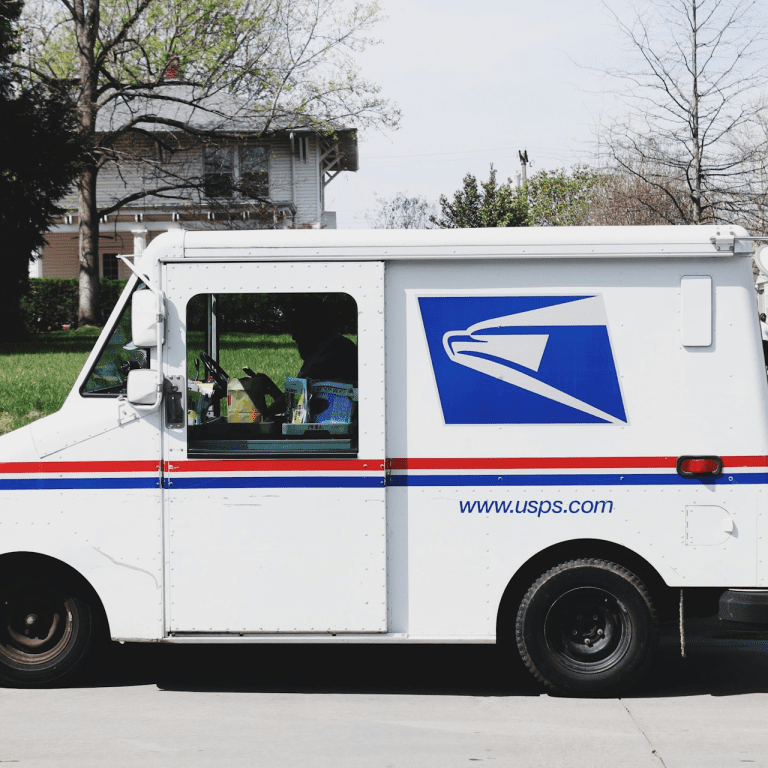Key Takeaways
-
Even though Medicare Part A is premium-free for most, it does not eliminate all hospital costs. Significant out-of-pocket expenses can still arise in 2025, particularly for long hospital stays, repeat admissions, or services not covered.
-
As a PSHB enrollee, you need to understand how Medicare Part A integrates with your health plan and what gaps remain. Proper coordination with Medicare Part B and your PSHB plan may help minimize unexpected costs.
The Basics of Medicare Part A in 2025
Medicare Part A is often referred to as “hospital insurance.” It covers inpatient hospital stays, skilled nursing facility care, hospice care, and some home health services. If you paid Medicare taxes for at least 40 quarters (10 years), you qualify for Part A without a monthly premium.
This benefit seems like a financial win, but it’s essential to realize that premium-free does not mean cost-free. In 2025, Medicare Part A comes with a range of cost-sharing requirements that can leave you with substantial bills if you don’t plan ahead.
What Medicare Part A Covers
Medicare Part A helps with costs related to:
-
Inpatient hospital care: Room, meals, general nursing, and drugs as part of your treatment
-
Skilled nursing facility care: Following a qualifying hospital stay
-
Hospice care: For terminally ill patients
-
Limited home health care: If medically necessary and certified
However, this coverage is limited in scope and duration. Understanding the limits is essential, especially for Postal Service Health Benefits (PSHB) enrollees who may rely on Medicare integration to reduce medical expenses.
The 2025 Cost Breakdown You Should Know
Here are the key Medicare Part A costs in 2025 that many overlook:
Hospital Deductible
-
$1,676 per benefit period
-
A benefit period begins when you are admitted and ends 60 days after you’ve left care
-
You may have multiple benefit periods in one year, each requiring a new deductible
Hospital Coinsurance
-
Days 1–60: $0 coinsurance (after deductible)
-
Days 61–90: $419 per day
-
Days 91–150: $838 per day (lifetime reserve days, limited to 60 over your lifetime)
-
Beyond 150 days: You pay all costs
Skilled Nursing Facility Costs
-
First 20 days: $0 coinsurance (if you meet Medicare’s conditions)
-
Days 21–100: $209.50 per day
-
After 100 days: All costs are your responsibility
These figures show that even a single hospital stay lasting more than two months could leave you with thousands of dollars in out-of-pocket charges, even under “free” Medicare Part A.
Where PSHB Coverage Fits In
As a Postal Service Health Benefits (PSHB) enrollee, your plan can help supplement Medicare. However, how well it does depends on whether you’re also enrolled in Medicare Part B and how your plan coordinates with Medicare.
In general:
-
Medicare is primary for PSHB enrollees who are retired and have both Parts A and B.
-
Your PSHB plan becomes secondary, covering many of the deductibles and coinsurance left behind by Medicare.
-
If you don’t enroll in Part B, your PSHB plan may not cover what Medicare Part B would have, leaving you with higher costs.
Why Having Only Part A Can Be Risky
Some PSHB retirees delay enrolling in Medicare Part B because they want to avoid the extra premium. But relying solely on Part A, even if it’s premium-free, can backfire:
-
You are still responsible for hospital deductibles and coinsurance.
-
Outpatient services, doctor visits, ER visits, and preventive care are not covered under Part A.
-
Many PSHB plans expect Medicare to pay first, and without Part B, your plan might not fill those gaps.
Even for hospital-related costs that fall under Part A, the coinsurance structure becomes costly after the 60th day. If you’re hospitalized multiple times in one year, each episode could trigger a new deductible.
The Myth of ‘Unlimited’ Hospital Coverage
Many people assume that Medicare Part A will cover them for as long as they are in the hospital. That’s simply not the case.
-
After 90 days in the hospital, you must start using lifetime reserve days, of which you only have 60 in your lifetime.
-
Once those are used up, you are responsible for the full cost of any additional hospital days.
In serious health events, long hospitalizations or repeated admissions can lead to significant uncovered costs, even with Medicare Part A in place.
Limited Skilled Nursing Coverage
Medicare Part A’s skilled nursing facility (SNF) coverage can be helpful, but it’s not unlimited either.
-
You must have had a qualifying inpatient hospital stay of at least 3 days (not counting the discharge day)
-
You must enter the SNF within 30 days of that stay
-
The care must be for the same condition treated during the hospital stay
Coverage is limited to 100 days per benefit period, with only the first 20 days fully covered. Starting on day 21, a daily copayment applies. If you require extended care, you will face substantial out-of-pocket costs.
Gaps in Hospice and Home Health Services
Hospice and home health services under Medicare Part A also come with limitations:
-
Hospice: While most hospice services are covered, room and board at home or in facilities is not. You may be responsible for a share of prescription drugs and respite care.
-
Home Health: Covered only if you meet strict eligibility requirements. Even then, it’s often for part-time care and does not include personal care or 24/7 support.
PSHB enrollees should not assume that Medicare’s inclusion of these services will eliminate the need for additional support from your health plan.
Enrollment Timelines That Matter
Understanding enrollment timing is essential. If you miss your Medicare Part B Initial Enrollment Period (IEP), you could face late penalties and coverage gaps.
Here’s what you need to keep in mind in 2025:
-
Initial Enrollment Period (IEP): Starts 3 months before the month you turn 65, includes your birthday month, and ends 3 months after.
-
General Enrollment Period (GEP): January 1 to March 31 each year. Coverage starts July 1 and may include penalties.
-
Open Season for PSHB: Occurs each year from November to December, during which you can make changes to your plan based on your Medicare status.
Failing to coordinate your PSHB and Medicare coverage within these timelines can lead to delayed benefits, higher costs, or denial of claims.
Medicare Part A Isn’t Designed to Work Alone
It’s critical to understand that Medicare Part A is meant to be one part of a broader health coverage structure. It was never intended to cover:
-
Doctor visits
-
Outpatient surgeries
-
Diagnostic tests
-
Emergency room visits (unless leading to inpatient admission)
-
Durable medical equipment
These are covered under Medicare Part B, which is why PSHB strongly encourages eligible enrollees to have both Parts A and B. When you do, your PSHB plan can offer enhanced coordination of benefits, potentially lowering your total costs.
2025 Outlook for PSHB and Medicare Coordination
The Postal Service Health Benefits (PSHB) program now requires most Medicare-eligible annuitants to enroll in Medicare Part B to maintain PSHB coverage. Exemptions apply only if you retired on or before January 1, 2025, or meet specific exception criteria.
If you’re eligible and not enrolled in Part B, you may lose access to certain drug and cost-sharing benefits offered through PSHB. In addition, your plan might not pay for services Medicare Part B would have covered.
As Medicare evolves in 2025 with capped prescription drug costs and new payment options, PSHB enrollees should stay updated and review how these changes interact with their plan.
How to Protect Yourself from Surprise Bills
To avoid high medical bills that Part A doesn’t cover:
-
Enroll in both Medicare Part A and B when you become eligible.
-
Review your PSHB plan annually to ensure it still meets your needs.
-
Coordinate benefits properly, especially if you or your dependents are Medicare-eligible.
-
Monitor hospital and SNF stays to stay aware of benefit period resets and cost-sharing timelines.
-
Reach out to a licensed agent listed on this website to help you understand how your plan works with Medicare.
Understanding the Real Costs in Advance Pays Off
In 2025, “free” Medicare Part A is not truly free. It’s a valuable part of your health coverage, but it has limitations that can catch you off guard. As a PSHB enrollee, the best way to protect yourself is through education, timely Medicare enrollment, and careful plan selection.
You deserve peace of mind when it comes to your health coverage. Don’t wait for unexpected costs to show up on a bill. Get in touch with a licensed agent listed on this website to review your Medicare and PSHB options and ensure you’re fully protected.









